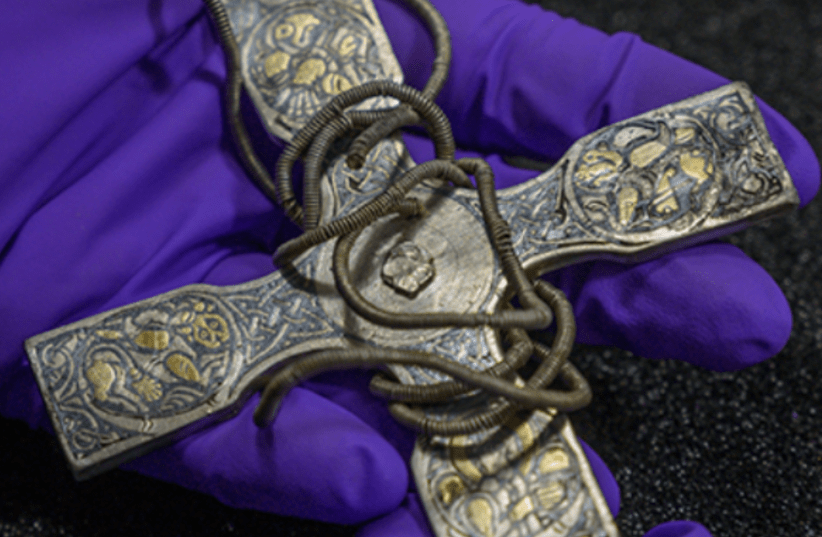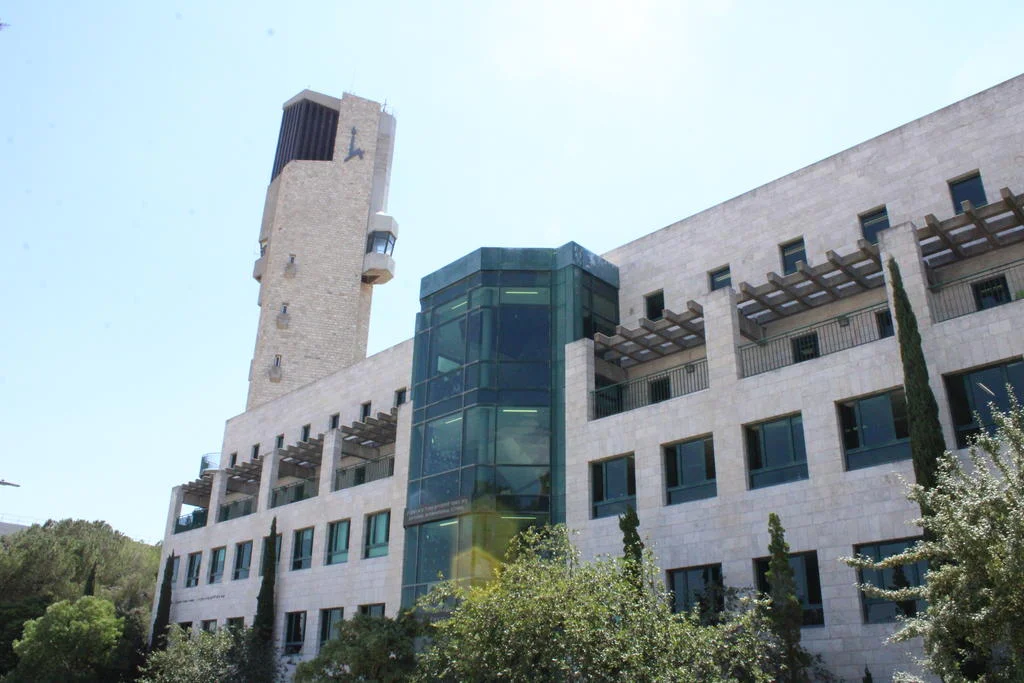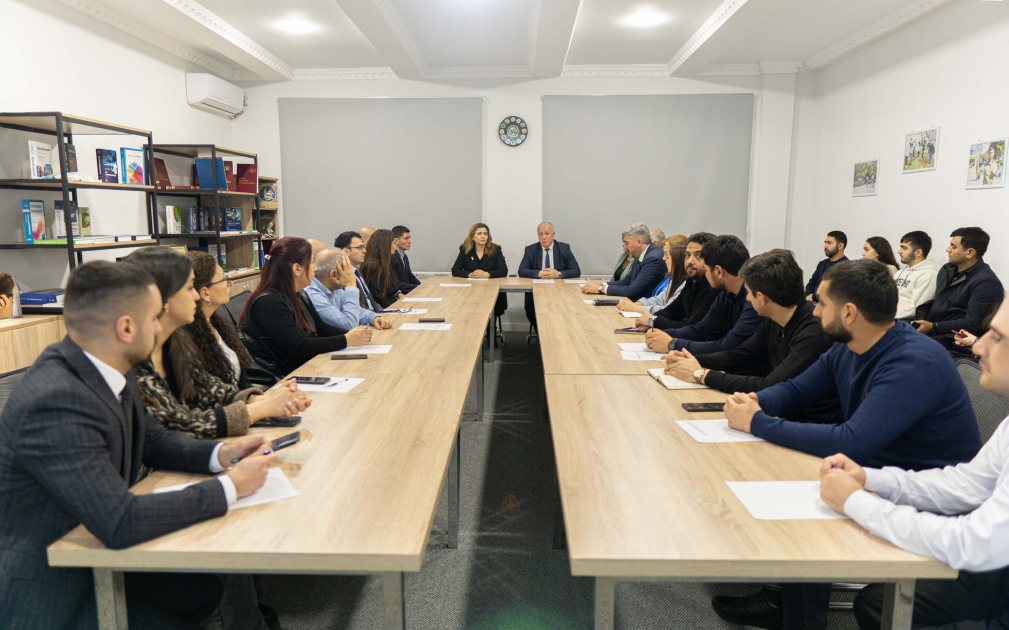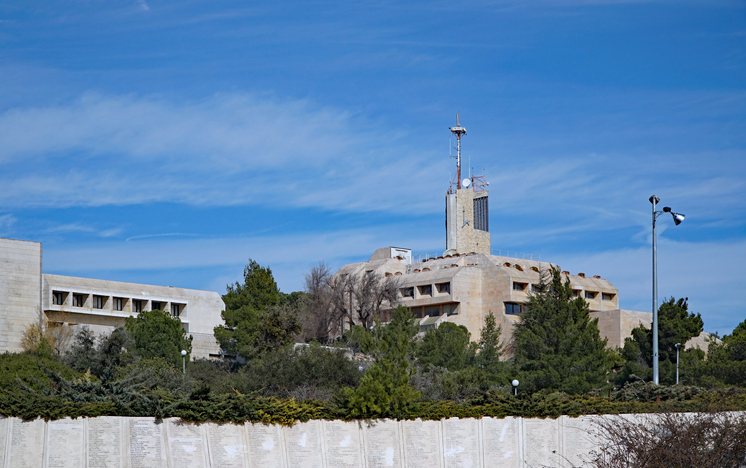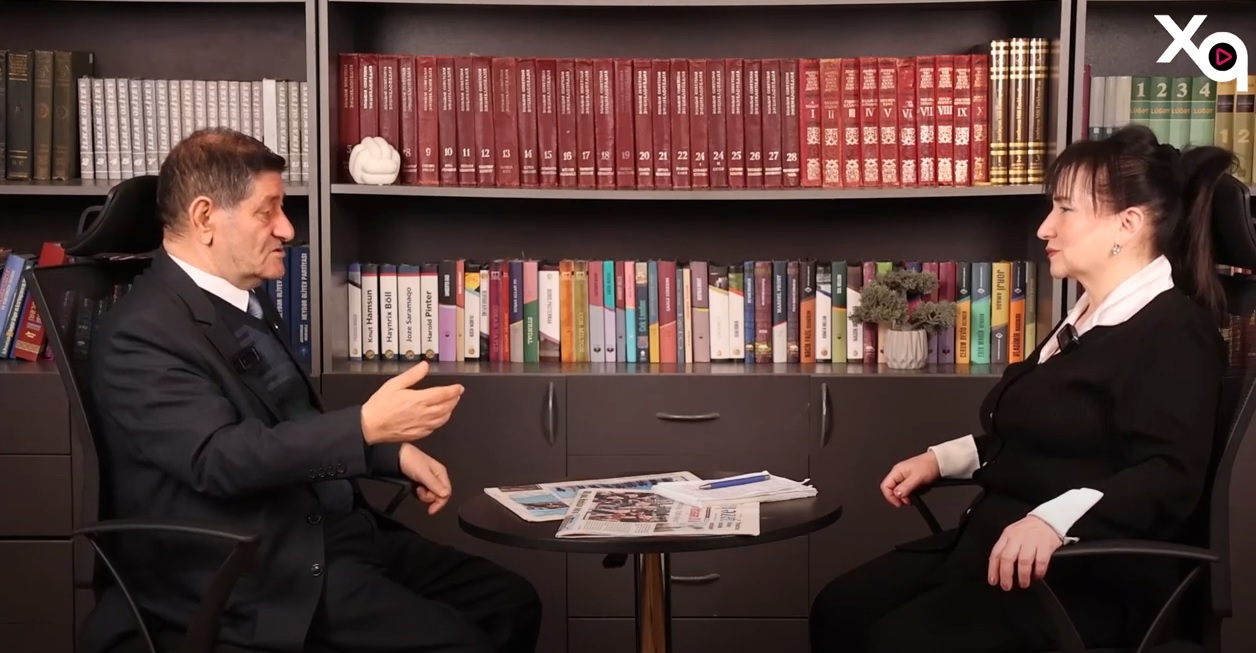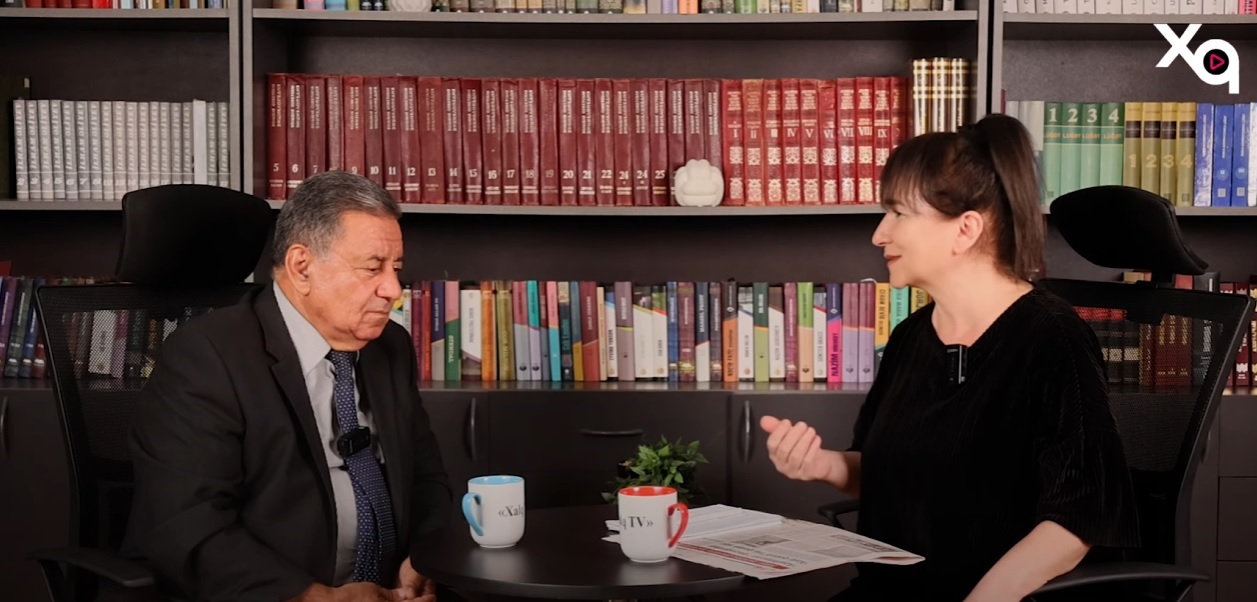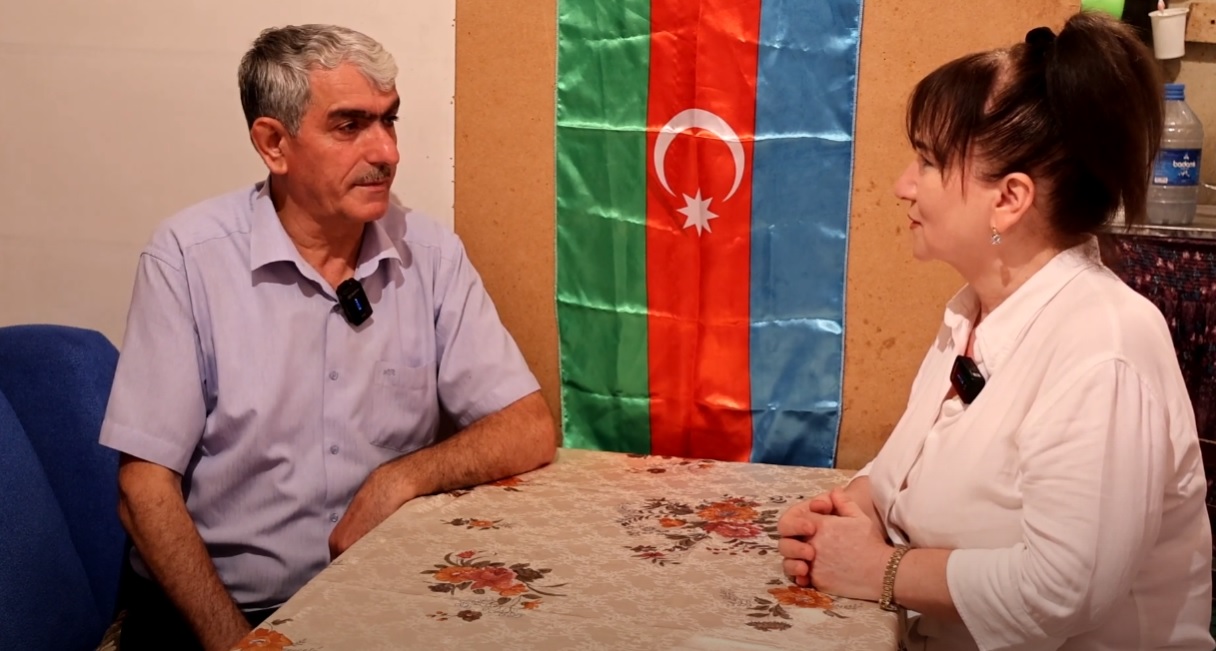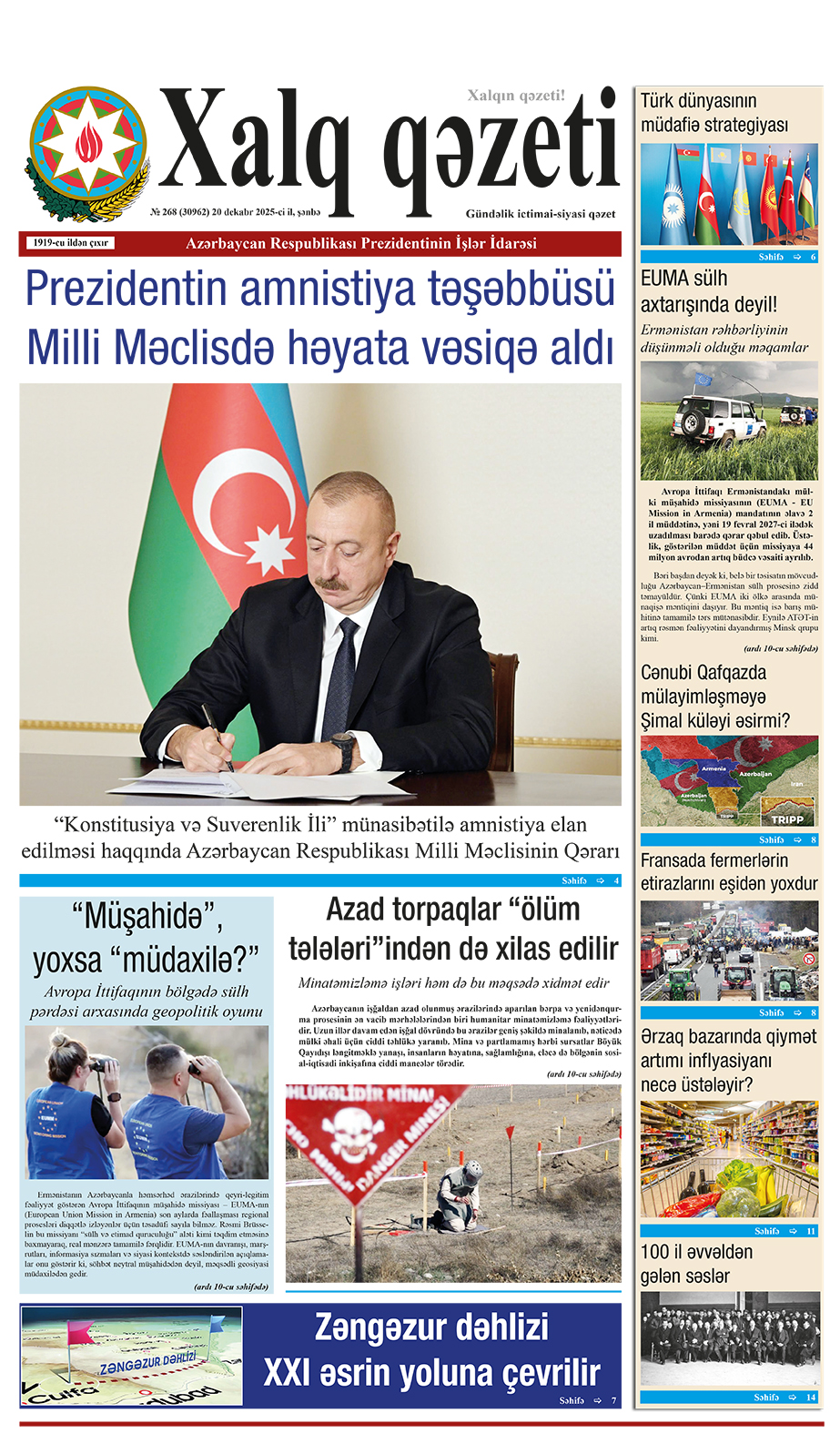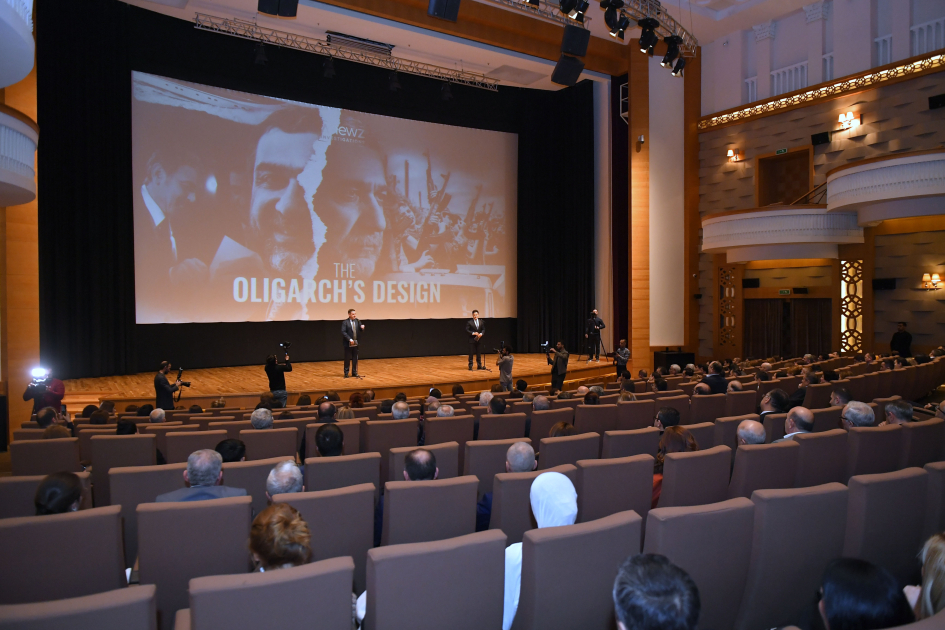By JERUSALEM POST STAFF
Discovered in 2014 near Kirkcudbright, the Galloway Hoard became one of the UK’s most significant archaeological finds of the century
Researchers recently deciphered runic inscriptions on a 1,100-year-old silver arm ring from the Galloway Hoard in Scotland, revealing that the treasure may have been owned collectively by a community rather than by an individual. The inscription reads, "This is the community's wealth," indicating a communal perception of the hoard's value, according to The Guardian.
The discovery challenges previous notions that wealth during the Viking Age was primarily held by individual elites or local lords. “This is another really interesting and significant development in our understanding of the Galloway Hoard,” said Dr. Martin Goldberg, principal curator of early medieval and Viking collections at National Museums Scotland, according to Medievalists.net.
Experts had struggled to make sense of the inscription inside the curved half of the arm ring, which read "DIS IS ЇIGNA ˑFˑ," but researchers at National Museums Scotland believed they unlocked its meaning. “There are a number of things which are technically wrong when we compare it with what we know about correct runic writing,” said David Parsons, a runologist at the University of Wales who studied the inscriptions, reported The Guardian. “If we think about both spoken and written English today, there are a huge range of regional and idiomatic variations and, if we allow for this, then it becomes possible to accept this as a plausible reading,” Parsons added, according to Live Science.
Researchers analyzed the runic words inscribed on the arm ring, including a misspelled form of "this," pronounced "dis," and "higna," an Old English word meaning "community," as noted by The Guardian. Despite the unusual spelling, the inscription aligns with other Anglo-Saxon documents that use "higna" to refer to religious communities. That suggests that the Galloway Hoard may have belonged to a religious community rather than an individual.
The Galloway Hoard, discovered in 2014 near Kirkcudbright in Dumfries and Galloway by a metal detectorist, was one of the most important UK archaeological finds of the century and was the subject of mystery, according to The Guardian. The hoard proved to be the richest collection of Viking-age objects ever found in Britain or Ireland, with many items never seen before in the British Isles.
The hoard contains about 100 artifacts that originated in the Anglo-Saxon kingdoms, Ireland, and as far away as Asia, indicating that medieval Christian communities were well connected in a broader economy. According to The Independent, some objects in the Galloway Hoard likely traveled thousands of miles to reach Scotland, testifying to distant commercial exchanges and reinforcing the idea of an extensive trade network.
The treasure was buried with particular care, distributed in several distinct layers and accompanied by rare textiles such as pieces of silk, noted SciencePost. During this time, Europe was marked by the intensification of Viking raids, and it is plausible that the treasure was buried by members of a Christian community as an act of protection against the Viking threat. One theory is that the hoard was buried by Christian clergy fearing Viking raids, possibly to dupe the Vikings, during a time when ecclesiastical treasures were being robbed from monasteries.
Goldberg noted that while the concept of communal wealth is fascinating, it raises further questions about the circumstances in which a community's wealth was buried and which particular community it belonged to, according to The Independent. “Some material within the hoard like the pectoral cross and the rock crystal jar made for a Bishop Hyguald would support this being a religious community,” said Goldberg.
After extensive conservation and analysis at the National Museums Collection Centre in Edinburgh, the Galloway Hoard was acquired in 2017 by National Museums Scotland. While some items from the hoard are too fragile to travel, the exhibition uses audiovisual and 3D reconstructions to bring them to life. One of the arm rings from the Galloway Hoard went on display at the South Australian Museum in Adelaide as part of a new international touring exhibition, according to Medievalists.net.
The "Unwrapping the Galloway Hoard" project, a three-year research initiative funded by the UKRI Arts and Humanities Research Council (AHRC) and led by National Museums Scotland in partnership with the University of Glasgow, fostered collaboration between institutions across the UK and Ireland. “It has been fascinating to see the succession of significant discoveries over the life of the 'Unwrapping the Galloway Hoard' project, from the exotic origins of some of its star pieces to the presence of named individuals and now this latest exciting discovery,” said Christopher Smith, AHRC Executive Chair.


